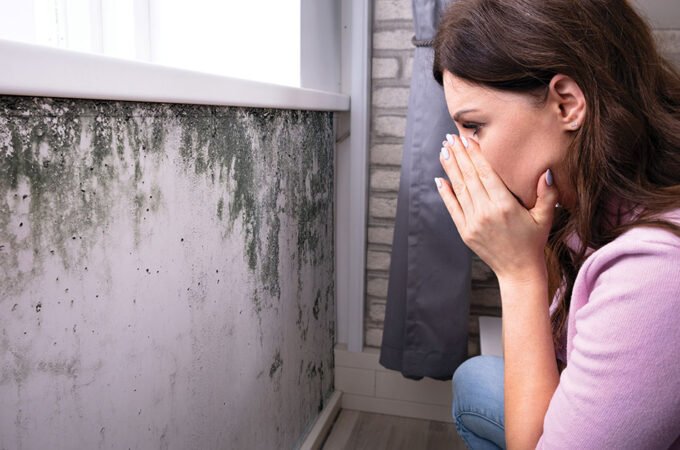
Effective herbicides for Texas weeds
Here in the Texas region, we are faced with three major types of weeds: grasses, broadleaf, and sedges. Each one of them includes several varieties, and each requires a slightly different type of herbicide for effective eradication.
Your local lawn care professionals are always a good resource for identifying which products are most effective in ridding your yard of unwanted intruders. However, if you would rather simply pick up some herbicide while you’re out shopping, it is important to make an informed decision so you bring home a compound that will do the job without harming your lawn.
Table of Contents
ToggleCommon Grass-Type Weeds
Grass-type weeds you might be familiar with include: bluegrass, crabgrass, wild onion, ryegrass, and sandbur. The tricky thing with the term “weed” is that it isn’t always referring to a truly invasive species that harms surrounding plant life. Sometimes the word is simply referencing a species that spreads rapidly and opportunistically, despite the fact that it was not actually invited to inhabit your lawn or garden.
Herbicides that work well for grass-type weeds are the trickiest to find, because they will likely also affect the surrounding grass you wish to protect. Selective and post-emergent products are your best bet, but you need to read the labels to find out which plants they’re most effective with.
For any type of grass weed, you want to use a spot treatment in order to avoid damaging adjacent turf grass. This may seem tedious and labor-intensive compared to employing a broad-spectrum treatment, but it’s a critical step in addressing this type of weed. The necrotic effects of these chemicals needs to be concentrated on the unwanted vegetation, ideally leaving the rest of your yard unscathed.
Broadleaf Weeds
This class of weeds includes thistle, clover, dandelion, mallow, parsley, and several others. While most of these are non-invasive, they still aren’t always a welcome site in residential lawns. In fact, dandelions can enrich your grass by pulling nutrients up from the subsoil, yet most of us have been conditioned to view them as pesky intruders!
These are a bit easier to treat with herbicides than grass-type weeds, as you can find selective products specifically designed to target broadleaf weeds. Most broadleaf weed killers won’t harm your grass, as they’ve been formulated to disrupt the growth of broadleaf plants without influencing grass development. Common broadleaf herbicides include tricolpyr, dicamba, and MCPA.
Sedge
Sedge is, by far, the hardest class of weed to get rid of. It is astoundingly hardy in more ways than one. Not only is sedge more difficult to uproot than your common dandelion, it’s also menacingly resistant to most herbicides. Add to that the fact that it’s truly invasive, causing harm to nearby vegetation as it attempts to overtake your lawn.
More helpful info from our friends at Ryno Lawn Care: How to Get Rid of Nutsedge/Nutgrass.
Yellow and purple sedge are two varieties most often found in Texas, and they wreak havoc in small yards as well as large agricultural fields. The two most effective chemicals for ridding your yard of these pests are sulfentrazone and halosulfuron-methyl. Both require repeated treatments for optimal potency, and can take 2-3 months to fully eradicate the sedge.

Michelle Joe is a blogger by choice. She loves to discover the world around her. She likes to share her discoveries, experiences, and express herself through her blogs.






